Humans news stories

Our ability to elaborately communicate is one of humanity’s greatest superpowers. It allows us to retain and build knowledge across generations, cooperating at a global scale unlike anything else seen on Earth. But much about how this ability evolved is still a mystery, including its origins.
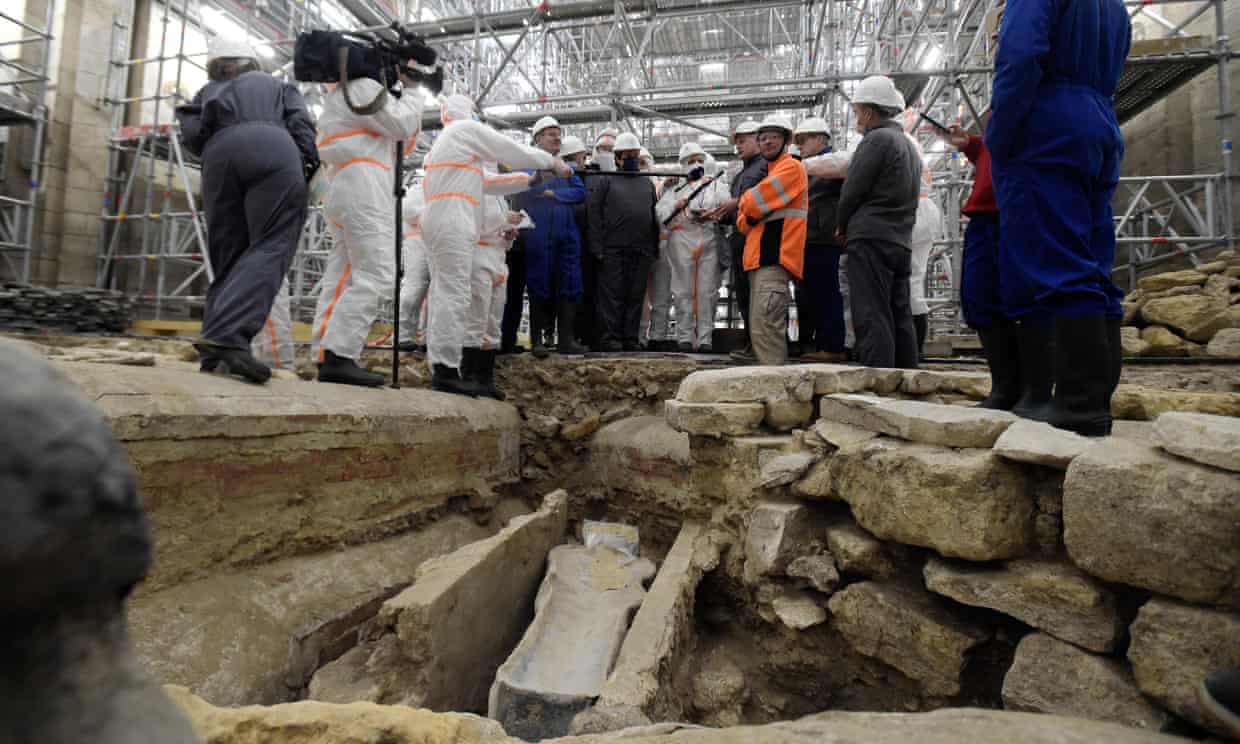
Archaeologists discover burial sites “of remarkable scientific quality” below the fire-damaged cathedral
Astronomers and the European Space Agency’s planetary defence community recently spotted an asteroid just hours before it struck the Earth

New research provides evidence that MDMA-assisted psychotherapy can improve and extend lives of patients with chronic and severe posttraumatic stress disorder while also reducing healthcare costs. The findings have been published in the journal PLOS One.

On 7 December 1691, a precious rune drum, created to help a noaidi, or shaman, to enter a trance and walk among spirits, was confiscated by the authorities. The owner, Anders Poulsson – or Poala-Ánde in the name’s Sámi form – was tried for witchcraft the following year.

Imagine a cup of tea. Wrap a piece of string around the circumference of the cup, and measure the length of the string.
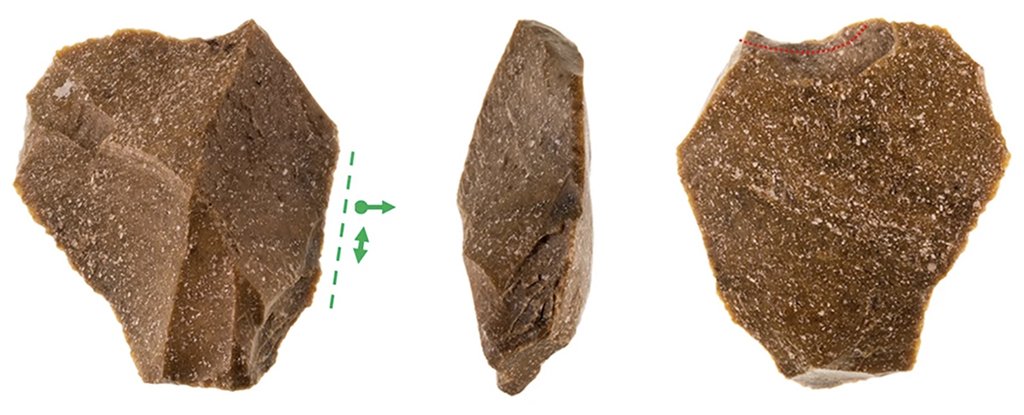
Prehistoric sites are full of stone tools that appear to have two life cycles: They’ve been crafted, used, and discarded before being picked up a second time and used again. A new study puts forward an interesting hypothesis as to why this is.

There is a scientific reason that humans feel better walking through the woods than strolling down a city street, according to a new publication from UO physicist Richard Taylor and an interdisciplinary team of collaborators.
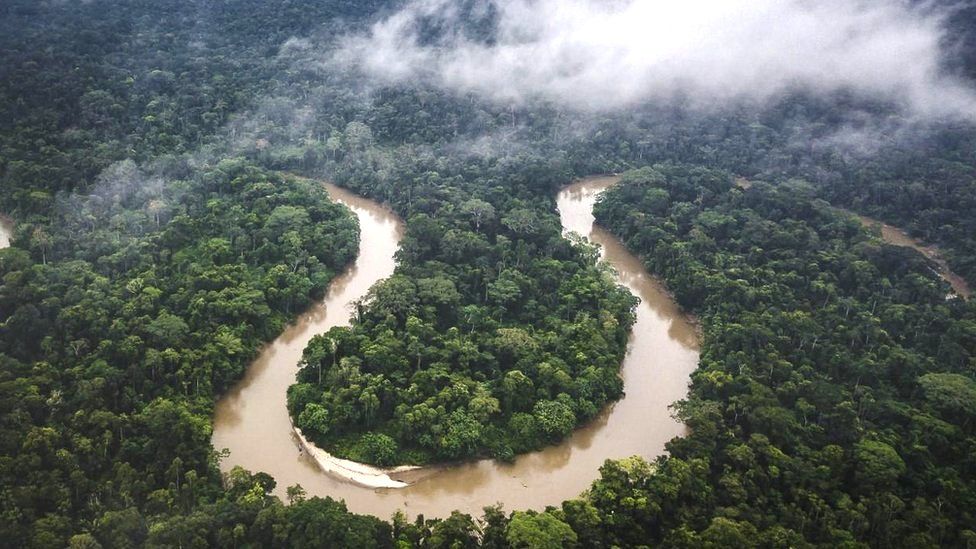
A study suggests the world’s largest rainforest is losing its ability to bounce back from damage caused by droughts, fires and deforestation.

People suffering debilitating cluster headaches say the active ingredient in magic mushrooms is a help.

People have been trying to understand how predators and prey are able to stay balanced within our planet’s ecosystems for at least 2,400 years. The Greek author Herodotus even raised the question in his historical treatise Histories, written around 430 BC.
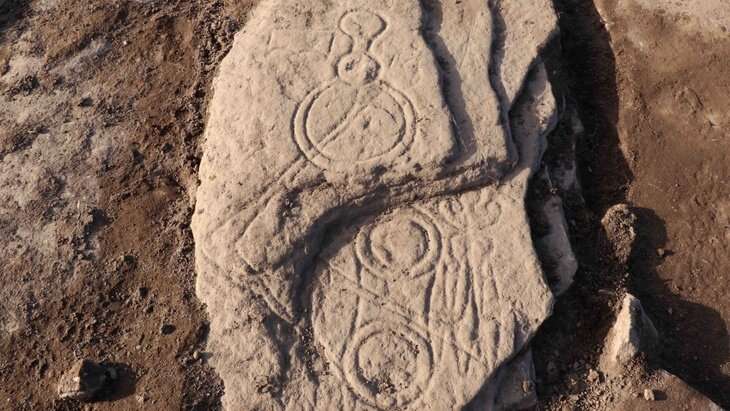
Archaeologists have uncovered a Pictish symbol stone close to the location of one of the most significant carved stone monuments ever uncovered in Scotland.
The Venus of Willendorf, one of the world’s oldest pieces of artwork, was made of rock mined in Italy, more than 600 kilometres from her final resting place in Austria, according to new research.
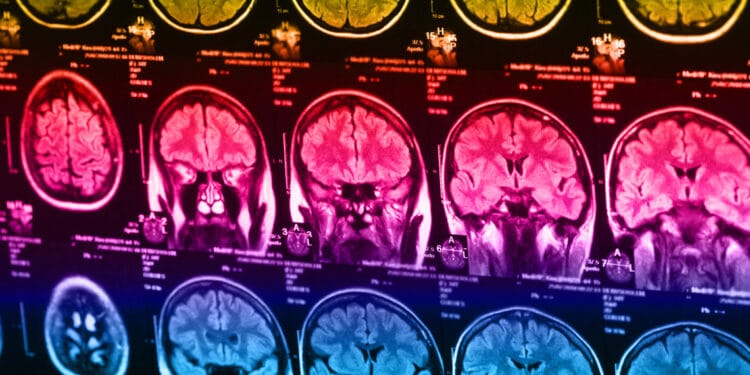
What happens inside your brain during these experiences and after death are questions that have puzzled neuroscientists for centuries. However, a new study published to Frontiers in Aging Neuroscience suggests that your brain may remain active and coordinated during and even after the transition to death, and be programmed to orchestrate the whole ordeal.
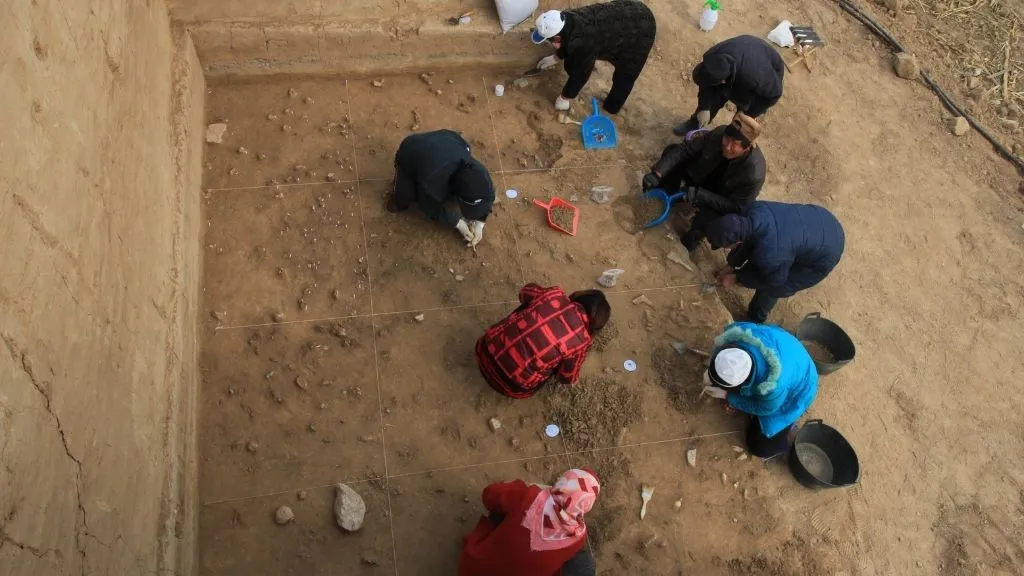
Scientists discovered remnants of an Old Stone Age culture, less than 100 miles (160 kilometers) west of Beijing, where ancient hominins used a reddish pigment called ochre and crafted tiny, blade-like tools from stone. The archaeological site, called Xiamabei, offers a rare glimpse into the life of Homo sapiens and now-extinct human relatives who inhabited the region some 40,000 years ago.
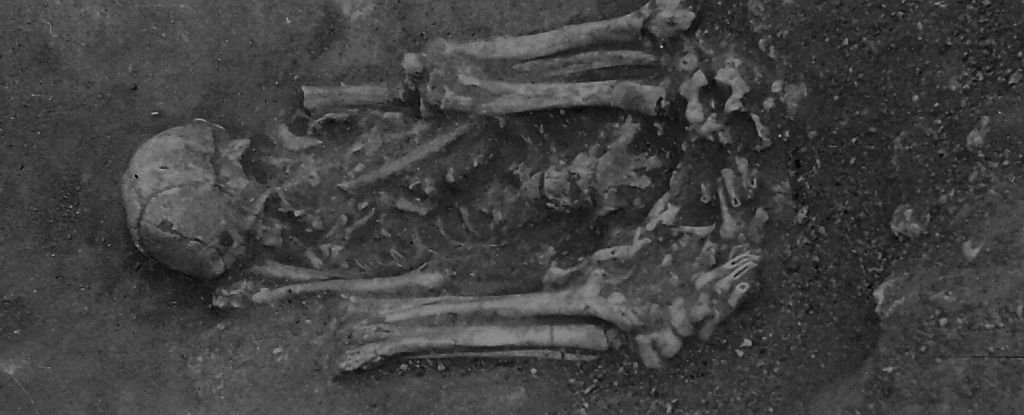
Archaeologists may have just uncovered evidence for the oldest known practice of mummification. Human remains interred 8,000 years ago in the Sado Valley in Portugal, during the Mesolithic, appear to have been deliberately treated for mummification prior to burial.








